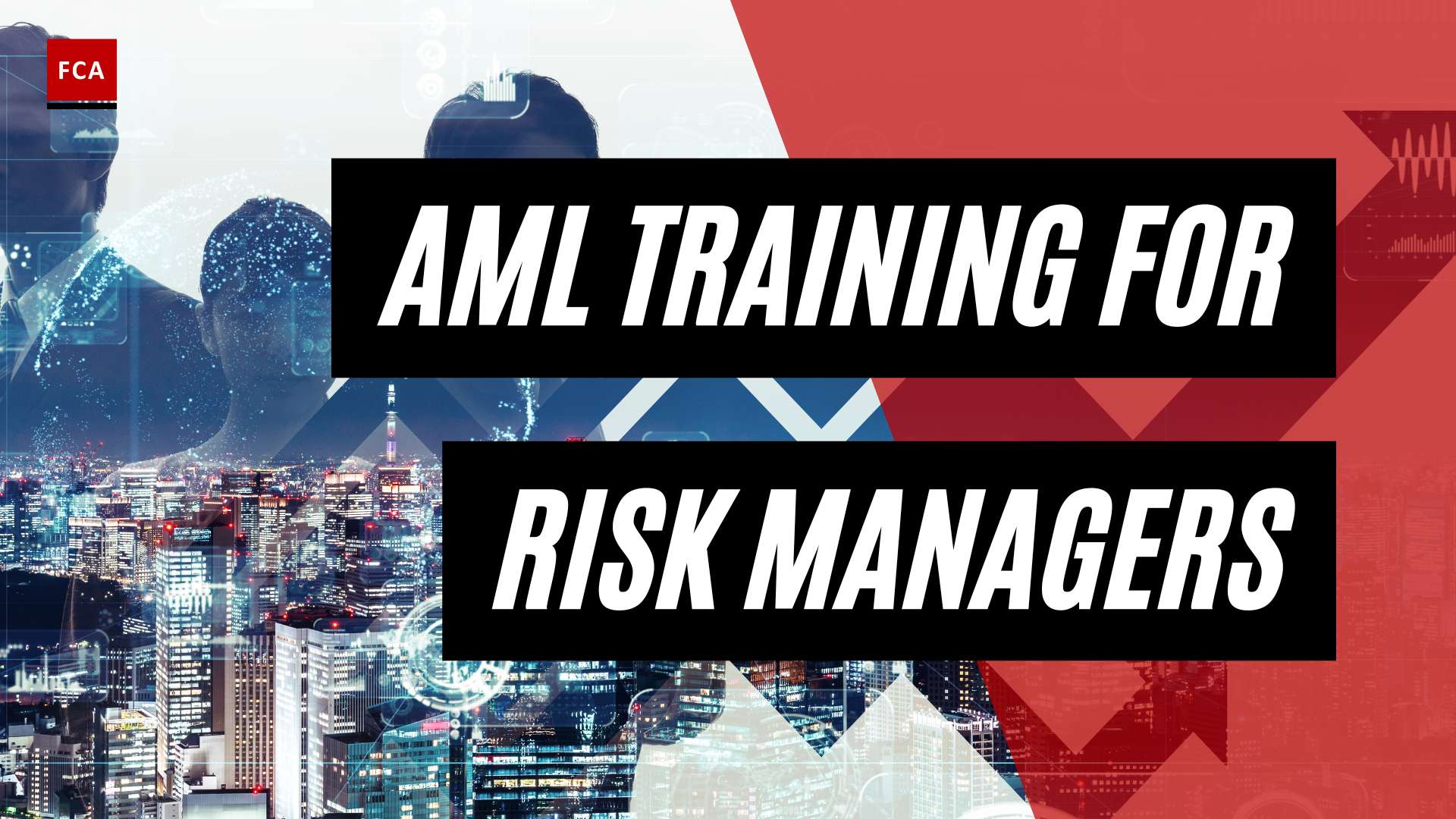Understanding Money Laundering in Cryptocurrency
To effectively safeguard against money laundering in cryptocurrency, it is crucial to have a clear understanding of what money laundering entails and the specific risks associated with this illicit activity in the cryptocurrency realm.
What is Money Laundering?
Money laundering is the process of disguising the origins of illegally obtained funds, making them appear legitimate. It involves a series of transactions that aim to obscure the source, ownership, or destination of illicit funds, making it difficult for authorities to trace and identify the illegal activities that generated the funds.
In the context of cryptocurrency, money laundering can occur when criminals use digital currencies to convert and transfer illicit funds, taking advantage of the anonymity and decentralized nature of cryptocurrencies. This can involve various techniques, such as mixing services, tumblers, or privacy coins, to obfuscate the trail of transactions and obscure the true nature of the funds.
Money Laundering Risks in Cryptocurrency
The use of cryptocurrency presents unique challenges and risks in terms of money laundering. Some of the key risks associated with money laundering in cryptocurrency include:
-
Anonymity: Cryptocurrencies can provide a certain degree of anonymity, making it difficult to link specific individuals to their transactions. This anonymity can attract money launderers seeking to exploit the lack of transparency.
-
Pseudonymity: Cryptocurrency transactions are often conducted using pseudonyms or digital addresses instead of real-world identities. This makes it challenging for law enforcement agencies to identify the individuals involved in potentially illicit activities.
-
Cross-Border Transactions: Cryptocurrencies enable cross-border transactions without the need for intermediaries or traditional financial institutions. This ease of movement across jurisdictions can facilitate the movement of illicit funds across borders, bypassing regulatory controls.
-
Lack of Regulation: The decentralized nature of cryptocurrencies and the absence of a unified regulatory framework in many jurisdictions create opportunities for money laundering. The lack of consistent and comprehensive regulations makes it difficult for authorities to effectively monitor and prevent illicit activities.
-
Complex Transactions: Cryptocurrency transactions can involve complex techniques, such as layering and mixing, which make it challenging to trace the origin and movement of funds. These techniques aim to create confusion and obfuscate the flow of money, making it harder for authorities to detect and investigate suspicious activities.
Understanding these money laundering risks specific to the cryptocurrency landscape is essential for developing effective strategies and implementing robust anti-money laundering measures. By staying informed about emerging trends and employing best practices, cryptocurrency businesses can play a vital role in combating money laundering and protecting the integrity of the financial system.
Regulatory Framework for Cryptocurrency AML
To effectively safeguard against money laundering in cryptocurrency, it is crucial to understand the regulatory framework that governs anti-money laundering (AML) efforts in the crypto industry. This section explores the global AML regulations and key requirements imposed on cryptocurrency businesses.
Global AML Regulations
Regulators worldwide have recognized the need to combat money laundering and terrorist financing in the cryptocurrency space. As a result, several jurisdictions have implemented AML regulations specific to cryptocurrencies. Here are some notable global AML regulations:
| Jurisdiction | AML Regulation |
|---|---|
| United States | Bank Secrecy Act (BSA) and Financial Crimes Enforcement Network (FinCEN) guidelines |
| European Union | Fifth Anti-Money Laundering Directive (AMLD5) |
| United Kingdom | Money Laundering, Terrorist Financing, and Transfer of Funds (Information on the Payer) Regulations 2017 |
| Australia | Anti-Money Laundering and Counter-Terrorism Financing Act 2006 |
| Japan | Payment Services Act and Act on Prevention of Transfer of Criminal Proceeds |
| Singapore | Payment Services Act and Terrorism Financing (Suppression of Financing) Act |
These regulations often require cryptocurrency businesses to implement robust AML programs, conduct customer due diligence, and report suspicious transactions. It is essential for cryptocurrency businesses to stay informed about the specific requirements in their jurisdiction to ensure compliance.
Key AML Requirements for Cryptocurrency Businesses
Cryptocurrency businesses operating under AML regulations are subject to various requirements to prevent money laundering and terrorist financing. Some key requirements include:
-
Customer Due Diligence (CDD): Cryptocurrency businesses are required to perform thorough customer due diligence procedures, including know your customer (KYC) checks, to verify the identity of their customers. This helps to ensure that transactions are conducted by legitimate individuals or entities.
-
Transaction Monitoring and Reporting: Cryptocurrency businesses must implement robust transaction monitoring systems to detect and report suspicious activity. This involves continuously analyzing transactions for patterns and anomalies that may indicate potential money laundering or terrorist financing.
-
Record-Keeping: AML regulations often mandate that cryptocurrency businesses maintain detailed records of their transactions, customer information, and AML processes. These records should be kept for a specified period and made available to regulatory authorities upon request.
-
Risk Assessment and Mitigation: Cryptocurrency businesses are expected to conduct risk assessments to identify and understand the money laundering and terrorist financing risks they face. Based on the risk assessment, appropriate risk mitigation measures should be implemented, such as enhanced due diligence for high-risk transactions or customers.
-
Staff Training and Policies: AML regulations emphasize the importance of training employees on AML procedures and policies. Cryptocurrency businesses should provide regular training to their staff to ensure they are knowledgeable about AML requirements and can effectively identify and report suspicious activity.
By adhering to these key AML requirements and staying up-to-date with evolving regulations, cryptocurrency businesses can contribute to the overall integrity of the industry and help prevent illicit activities. Implementing effective AML measures not only safeguards against money laundering but also enhances trust and security within the cryptocurrency ecosystem.
Best Practices for Safeguarding Against Money Laundering in Cryptocurrency
To effectively safeguard against money laundering in cryptocurrency, it is crucial for businesses and professionals to implement best practices that mitigate the associated risks. The following practices are essential components of a robust anti-money laundering (AML) program in the cryptocurrency industry.
Know Your Customer (KYC) Procedures
Implementing robust Know Your Customer (KYC) procedures is vital for cryptocurrency businesses. KYC procedures involve verifying the identity of customers, assessing their risk profile, and obtaining relevant documentation. This helps to ensure that businesses have a clear understanding of who their customers are, enabling them to detect and prevent potential money laundering activities. KYC procedures typically include the collection of identification documents, proof of address, and in some cases, the verification of the source of funds.
By conducting thorough KYC procedures, businesses can establish a strong foundation for their AML efforts and minimize the risk of facilitating illicit transactions. For more information on KYC procedures in the cryptocurrency industry, refer to our article on cryptocurrency compliance.
Transaction Monitoring and Suspicious Activity Reporting
Implementing robust transaction monitoring and suspicious activity reporting mechanisms is crucial for identifying and reporting potentially illicit transactions. By closely monitoring transactions on their platforms, cryptocurrency businesses can detect patterns and anomalies that may indicate money laundering or other criminal activities.
Automated transaction monitoring systems can help businesses identify suspicious transactions based on predefined criteria, such as unusual transaction amounts, frequency, or geographic locations. When suspicious activity is detected, it is important to promptly report it to the appropriate authorities. This helps to ensure that law enforcement agencies can take appropriate action to combat money laundering in the cryptocurrency industry. Refer to our article on cryptocurrency transaction monitoring for more information.
Risk-Based Approach to AML
Adopting a risk-based approach to AML is essential for effectively allocating resources and implementing appropriate controls. Cryptocurrency businesses should assess the risks associated with their customers, products, services, and geographic locations. This risk assessment helps to prioritize AML efforts, ensuring that the highest risk areas receive the most attention.
By tailoring their AML controls to specific risk levels, businesses can implement measures that are commensurate with the associated money laundering risks. This approach enables businesses to focus their resources where they are most needed, reducing the chance of money laundering activities going undetected. Our article on cryptocurrency anti-money laundering provides more insight into the risk-based approach.
Enhanced Due Diligence for High-Risk Transactions
Enhanced due diligence (EDD) is a critical practice for high-risk transactions in the cryptocurrency industry. High-risk transactions can include large transactions, transactions involving politically exposed persons (PEPs), or transactions originating from high-risk jurisdictions. EDD involves conducting additional checks, obtaining additional information, and applying enhanced scrutiny to these transactions.
By subjecting high-risk transactions to EDD, businesses can gain a deeper understanding of the underlying nature and purpose of these transactions. This enables them to better assess the risk of money laundering and take appropriate measures to mitigate those risks. For more guidance on developing effective AML policies and guidelines, refer to our article on cryptocurrency AML policies.
Implementing these best practices is crucial for safeguarding against money laundering in the cryptocurrency industry. By adopting robust KYC procedures, effective transaction monitoring, a risk-based approach to AML, and enhanced due diligence for high-risk transactions, businesses can strengthen their AML efforts and contribute to the overall integrity of the cryptocurrency ecosystem. It is also important to stay updated on emerging AML risks in cryptocurrency by regularly reviewing industry guidelines and conducting ongoing cryptocurrency AML training for relevant staff.
Technology Solutions for Crypto AML
As the world of cryptocurrency continues to evolve, so do the mechanisms for combating money laundering. Technology plays a crucial role in safeguarding against illicit activities in the cryptocurrency space. In this section, we will explore some of the key technology solutions used for cryptocurrency anti-money laundering (AML).
Blockchain Analysis Tools
Blockchain analysis tools are essential for identifying and tracking suspicious transactions within the cryptocurrency ecosystem. These tools leverage the transparent nature of blockchain technology to trace the flow of funds across various addresses and wallets. By analyzing patterns and transaction histories, these tools can flag potentially illicit activities and identify high-risk entities.
Blockchain analysis tools provide valuable insights to compliance professionals and law enforcement agencies, enabling them to monitor and investigate suspicious transactions. These tools help in identifying money laundering techniques such as layering and structuring, as well as identifying connections to known illicit actors.
AML Compliance Software
AML compliance software is specifically designed to assist cryptocurrency businesses in meeting their regulatory obligations. This software automates various aspects of AML compliance, including customer due diligence, transaction monitoring, and suspicious activity reporting.
By integrating with various data sources and utilizing algorithms and machine learning techniques, AML compliance software can analyze large volumes of data in real-time. This enables businesses to identify and report suspicious transactions promptly, reducing the risk of money laundering and complying with regulatory requirements.
AML compliance software also helps in streamlining compliance processes, reducing manual efforts, and improving the overall efficiency of AML operations within cryptocurrency businesses. It enables businesses to create risk-based AML policies and implement robust internal controls. However, it’s important to note that while AML compliance software can enhance compliance efforts, it should be complemented by effective human oversight and expertise.
Collaboration and Information Sharing Platforms
Collaboration and information sharing platforms facilitate the sharing of knowledge, insights, and best practices among cryptocurrency businesses, regulators, and law enforcement agencies. These platforms provide a secure environment for stakeholders to exchange information related to suspicious activities, emerging threats, and regulatory updates.
By fostering collaboration and information sharing, these platforms help in building a stronger defense against money laundering in the cryptocurrency space. They enable the industry to collectively identify and address emerging risks, share typologies, and develop effective countermeasures.
Collaboration and information sharing platforms also facilitate communication between cryptocurrency businesses and regulators, promoting a better understanding of compliance requirements and enabling regulators to stay updated on industry developments.
By leveraging blockchain analysis tools, AML compliance software, and collaboration platforms, cryptocurrency businesses can enhance their AML capabilities and contribute to a safer and more secure cryptocurrency ecosystem. It’s important for businesses to keep pace with emerging technology solutions and stay informed about the latest advancements in the field of cryptocurrency AML. Regular training and awareness programs for staff members are crucial to ensure effective utilization of these technology solutions. For more information on cryptocurrency AML best practices, visit our article on cryptocurrency AML guidelines.
Ongoing Compliance and Training
Ensuring ongoing compliance with anti-money laundering (AML) regulations is crucial for cryptocurrency businesses to mitigate the risks associated with money laundering. Implementing effective internal controls, conducting audits, providing staff training, and staying updated on emerging AML risks are key components of maintaining a strong AML program.
Internal Controls and Audits
Establishing robust internal controls and conducting regular audits are essential for effective AML compliance in the cryptocurrency industry. Internal controls help identify and manage potential risks, ensuring that AML policies and procedures are followed consistently. Audits provide an independent review of the AML program to assess its effectiveness and identify areas for improvement.
Internal controls for cryptocurrency AML may include:
- Segregation of duties to prevent conflicts of interest and enhance oversight.
- Documenting and updating policies and procedures to reflect regulatory requirements and industry best practices.
- Implementing transaction monitoring systems to detect and report suspicious activities.
- Conducting periodic risk assessments to identify and mitigate new and evolving risks.
Regular internal and external audits help ensure compliance with AML regulations, identify any weaknesses or gaps in the AML program, and provide recommendations for improvement.
Staff Training and Awareness Programs
Training and awareness programs play a vital role in building a culture of compliance within cryptocurrency businesses. It is essential to provide comprehensive training to employees at all levels to ensure they understand their roles and responsibilities in preventing money laundering.
Key elements of staff training and awareness programs for cryptocurrency AML include:
- Training sessions on AML regulations, cryptocurrency-specific risks, and the importance of compliance.
- Instruction on how to identify and report suspicious transactions or activities.
- Training on customer due diligence (CDD) and know your customer (KYC) procedures.
- Ongoing education to keep staff updated on new AML regulations and emerging risks.
By investing in staff training and awareness programs, cryptocurrency businesses can enhance their ability to detect and prevent money laundering activities and foster a strong compliance culture.
Staying Updated on Emerging AML Risks in Cryptocurrency
The cryptocurrency landscape is dynamic, with new technologies and trends constantly emerging. It is important for cryptocurrency businesses to stay updated on emerging AML risks to effectively safeguard against money laundering.
Ways to stay informed about emerging AML risks in the cryptocurrency industry include:
- Regularly monitoring regulatory updates and guidance issued by relevant authorities.
- Participating in industry forums, conferences, and webinars to learn about emerging trends and best practices.
- Engaging with AML compliance professionals, consultants, or associations to share knowledge and insights.
- Subscribing to newsletters, publications, and blogs that focus on cryptocurrency AML.
By staying informed about emerging AML risks, cryptocurrency businesses can proactively adjust their AML policies, procedures, and controls to address new threats effectively.
Maintaining ongoing compliance and training programs is crucial to effectively safeguard against money laundering in the cryptocurrency industry. By implementing strong internal controls, providing comprehensive staff training, and staying updated on emerging risks, cryptocurrency businesses can strengthen their AML programs and contribute to a more secure and compliant crypto ecosystem.








